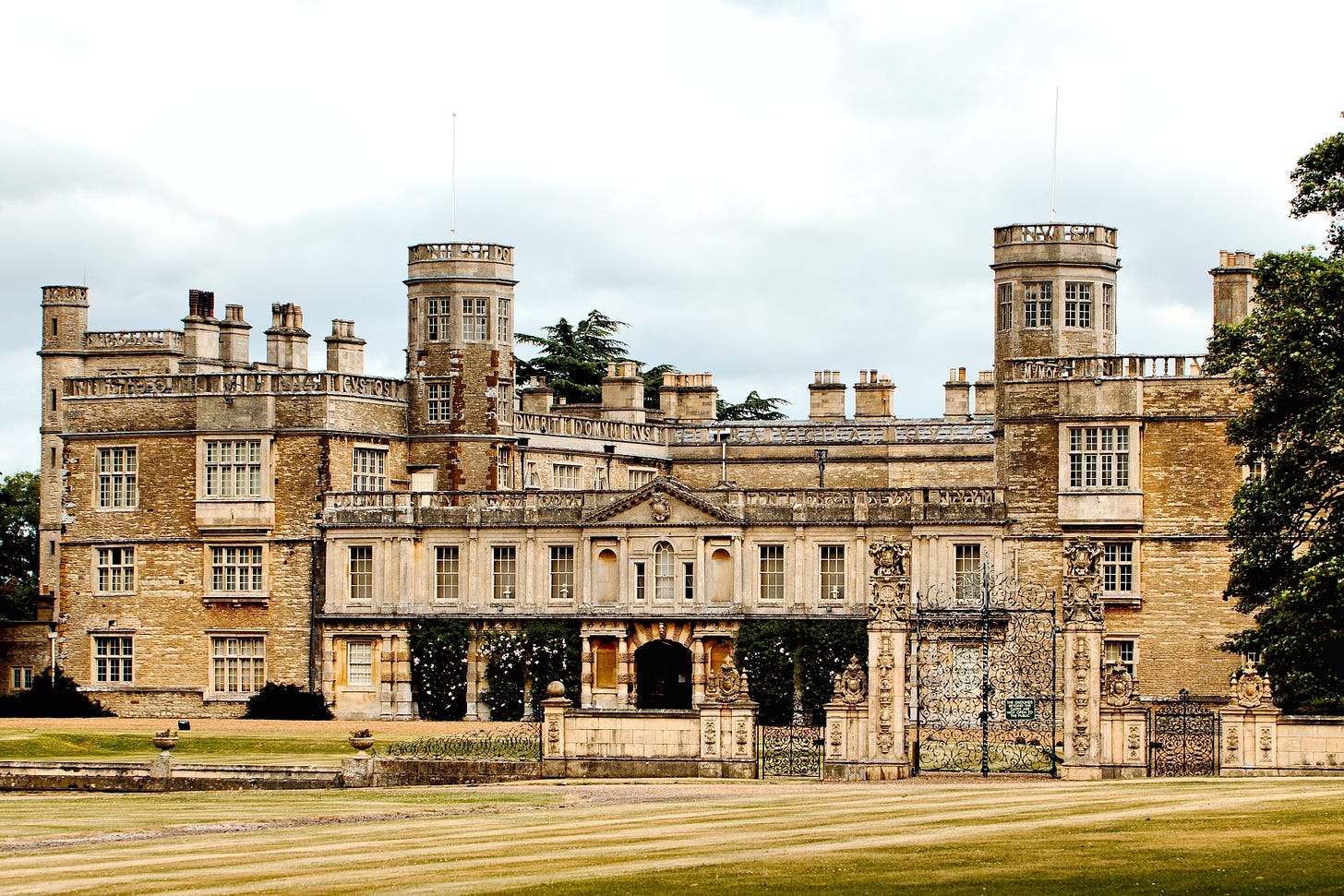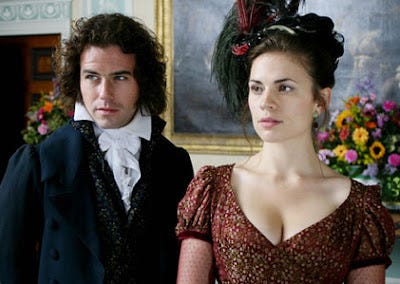Dear Reader,
It is the forgotten Austen, its protagonist often considered the most unlikable: Mansfield Park is enigmatic, and it does not fit squarely into readers’ expectations of a Jane Austen novel. However, it explores deep themes related to goodness, social class, and appearance versus reality. The narrative also bears a resemblance to Perrault’s “Cinderella”—with some surprising alterations. Austen uses fairytale archetypes and allusions to illuminate the nature of virtue and explore how it is cultivated.
The “Step-sisters”
Mansfield Park begins with a fairytale-esque exposition describing three sisters who have chosen three different paths in life. Fanny Price, the daughter of one of the sisters is sent to live with her aunt and uncle, the Bertrams. Right away there is some concern about Fanny’s poverty and ignorance corrupting her cousins. This worry is ironic considering events that follow later in the novel in which the opposite is closer to being true. Growing up and into her adulthood, Fanny is not treated as an equal to her genteel cousins. Like Cinderella, though she is not considered a servant, her services are often wanted for making tea or mending or helping her Aunt Norris, who allows her to use a private sitting room for reading but never allows a fire to heat it, even in the cold winter months. Fanny’s cousins, Maria and Julia, do not lend any comfort to the young, homesick girl but laugh at her lack of education. The cousins act as the wicked step-sisters, their beauty, fine clothes, and gentility contrast with their meanness and vacuity.
After a brief acquaintance, Maria enters into an engagement with a wealthy young man of the neighborhood, Mr. Rushworth. Worth 12,000 pounds a year, this appears to be his greatest asset as he does not boast any goodness of character. In fact, he is rather vacuous himself: constantly talking about improving his grounds, and during the play later in the story, he is mainly concerned with his costumes. Maria is more focused on Rushworth’s wealth and social position than on love or any substance of character; the appearance of goodness is more important to her than reality. Culturally, gentility was emblematic of virtue, but using the archetype of the wicked step-sisters, Austen highlights the idea that virtue does not stem from one’s social position or wealth or lack thereof—a point which is reinforced later in the novel when Fanny returns home. Edmund is the only cousin who shows Fanny kindness, and they grow up to be close friends. However, even he is not immune to the charms of beauty and appearance.
The False Bride
Perhaps two of the more infamous Austen characters arrive next on the scene: Mary and Henry Crawford. The siblings come to stay with their aunt and uncle in the Mansfield parsonage. Mary Crawford joins Maria and Julia as wicked step-sister archetypes, though she is even more conniving. She always does what she desires and cannot imagine why people do otherwise. As a half-hearted apology for keeping Fanny’s horse away too long, she tells her “selfishness must always be forgiven you know, because there is no hope of a cure,” suggesting that Mary believes one cannot change one’s nature (134). Immediately, Mary sets her sights on Edmund, and soon he fancies himself in love with her, despite there being nothing to suggest they are a good match or even have anything in common. In this way, she also fulfills a role related to the wicked step-sister: the false bride. “I have never been blinded” Edmund claims later in the novel, speaking of Mary Crawford to Fanny (488). He is still convinced that his false bride is good, despite the evidence of her actions. “She does not think evil, but she speaks it,” he tells Fanny, but then he contradicts himself a few sentences later saying that her mind is also “tainted” (488).

Appearance & Substance
During an outing to the Rushworths’ residence, the group tours the grounds and house. On the tour they see an old chapel room once used for daily household services and prayers, a custom that has fallen out of fashion. Fanny expresses her wish that the chapel were grander, while Mary bemoans the stuffy obligations it once entailed, inadvertently insulting Edmund who is soon taking orders to be a clergyman: the “true bride” and the false bride at odds. It is important to note that Fanny does not disregard appearance completely; she only wishes that that the chapel matched its purpose in beauty. Therefore Austen is not suggesting that appearance has no value, only that it ought to be matched by substance.
The disagreement about the chapel sparks another discussion between Edmund, Mary, and Fanny about the benefits of daily family prayers. Mary claims the ritual is not worth it because no one pays attention and people ought to be left to worship in private. Edmund calls the lack of attention “a weakness grown into a habit from neglect,” and he asks “what could be expected from the private devotions of such persons? Do you think the minds…which are indulged in wanderings in a chapel, would be more collected in a closet?” (170). He is proposing that habits contribute to virtue, forming one’s mind. In a foil to the chapel, the play Lover’s Vows later rehearsed by the young people is the vehicle by which all the characters’ indiscretions and errant desires are played out. They neglect the habitual practice of spiritual disciplines aimed at forming one’s soul.
Read the second part in my next newsletter!
Join the conversation
Have you read Mansfield Park? What is your favorite Austen book?
Austen, Jane, and David M. Shapard. The Annotated Mansfield Park. Anchor Books, 2017.
“Cinderella; or, the Little Glass Slipper.” Perrault: Cinderella; or, The Little Glass Slipper, University of Pittsburgh, sites.pitt.edu/~dash/perrault06.html. Accessed 28 Oct. 2023.





I'm currently reading Mansfield Park and I'm looking forward to going through these posts properly when I'm done :)
I have read all of Jane Austen's novels, and Mansfield Park is my third favourite. The comparisons between that book and Cinderella in this post are quite interesting. I look forward to part two!